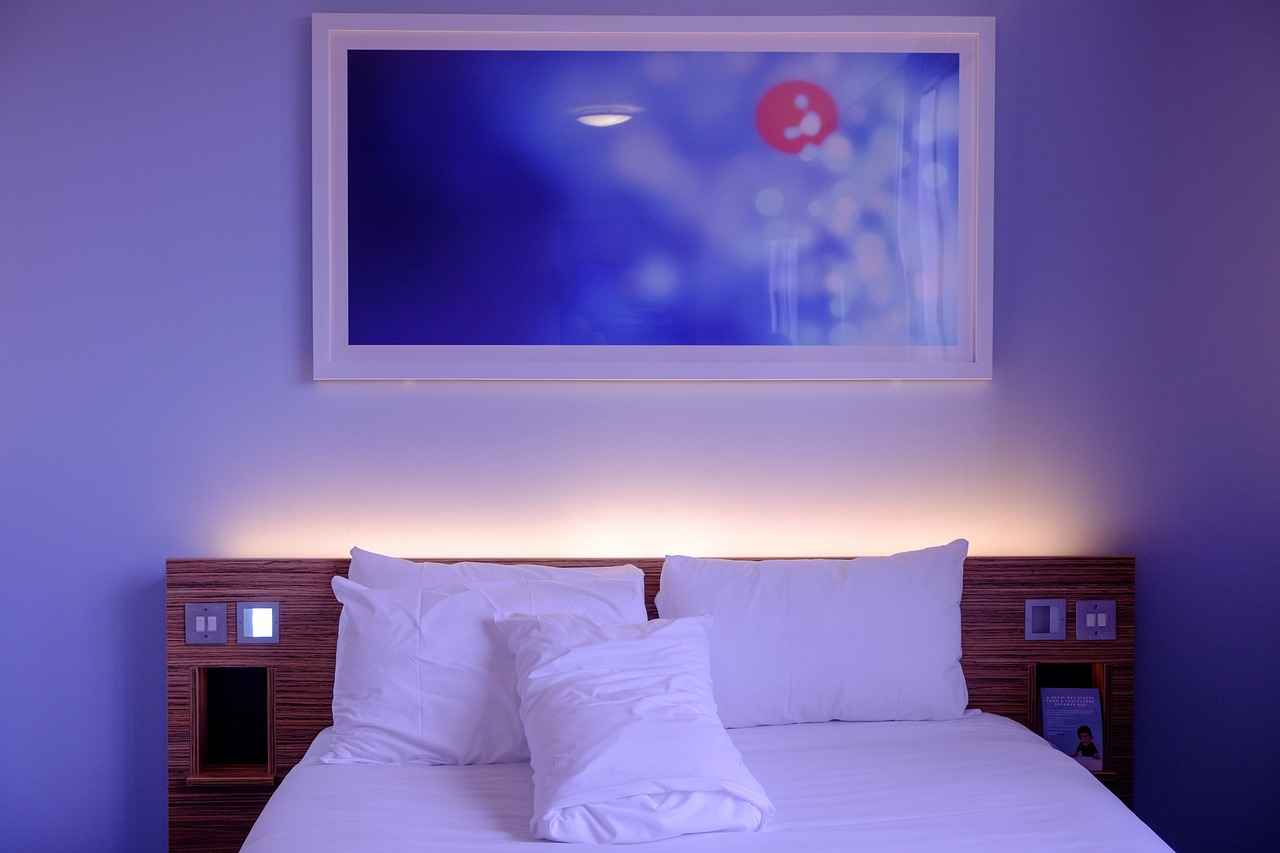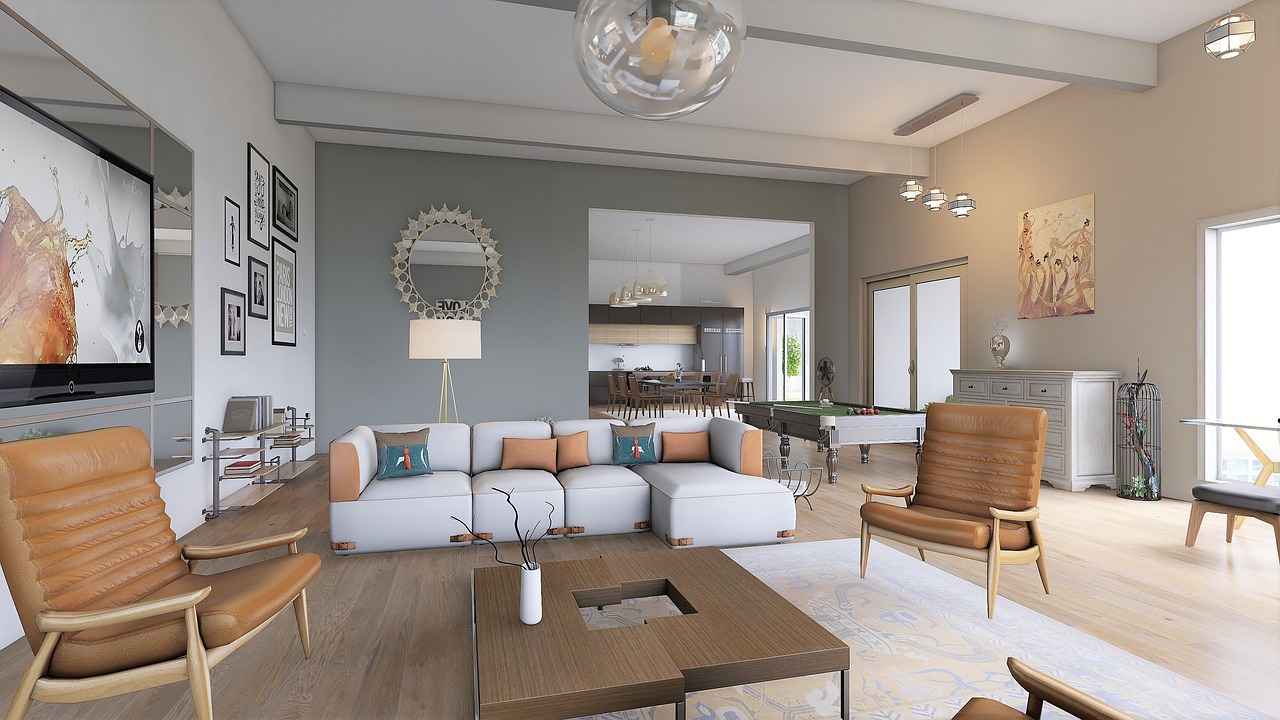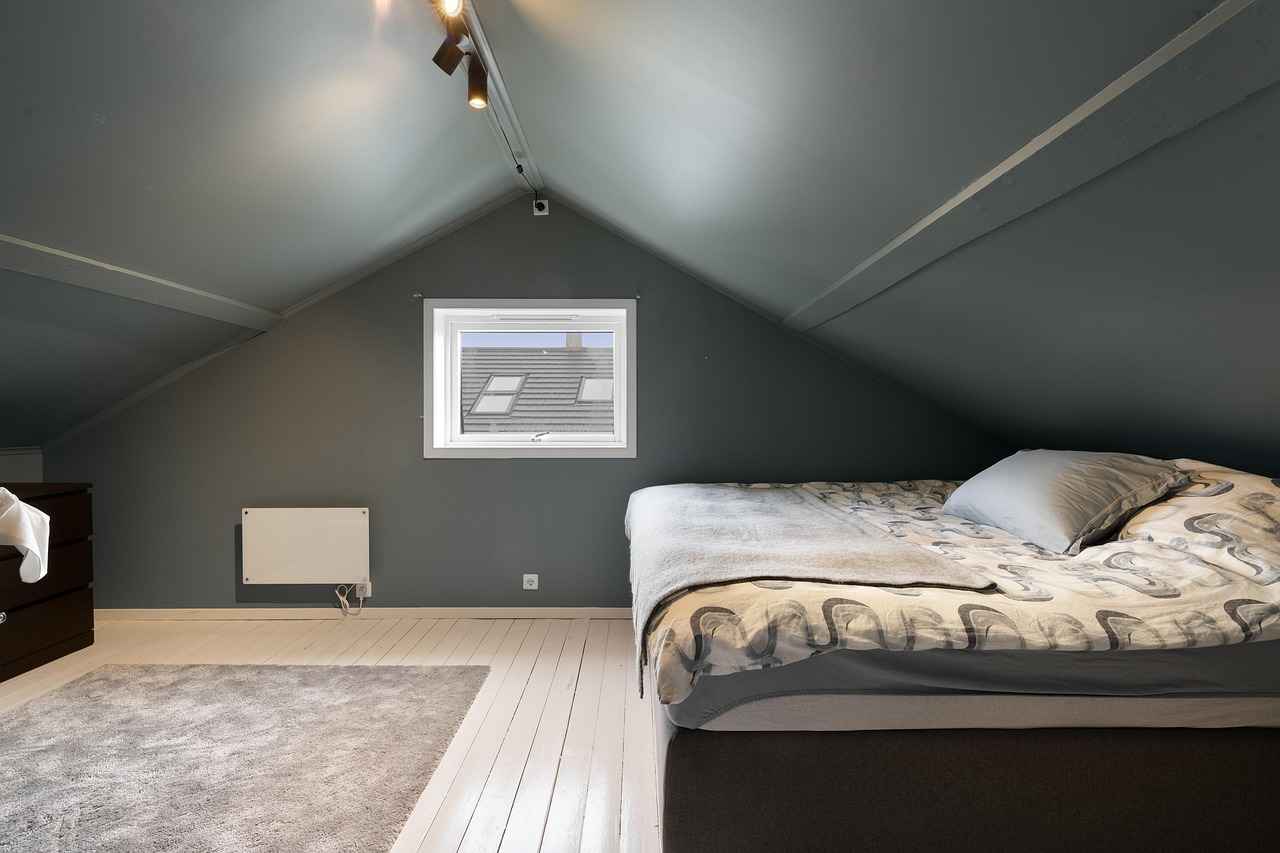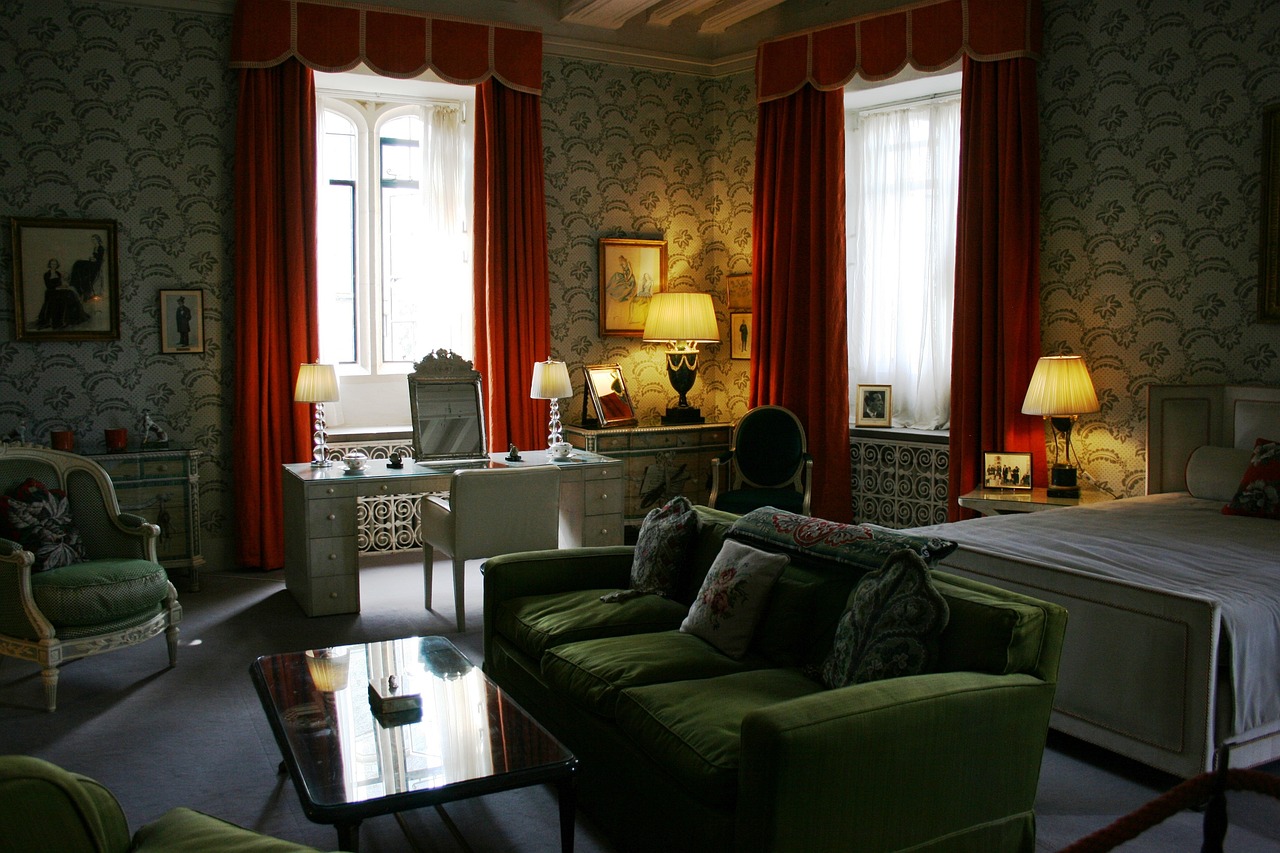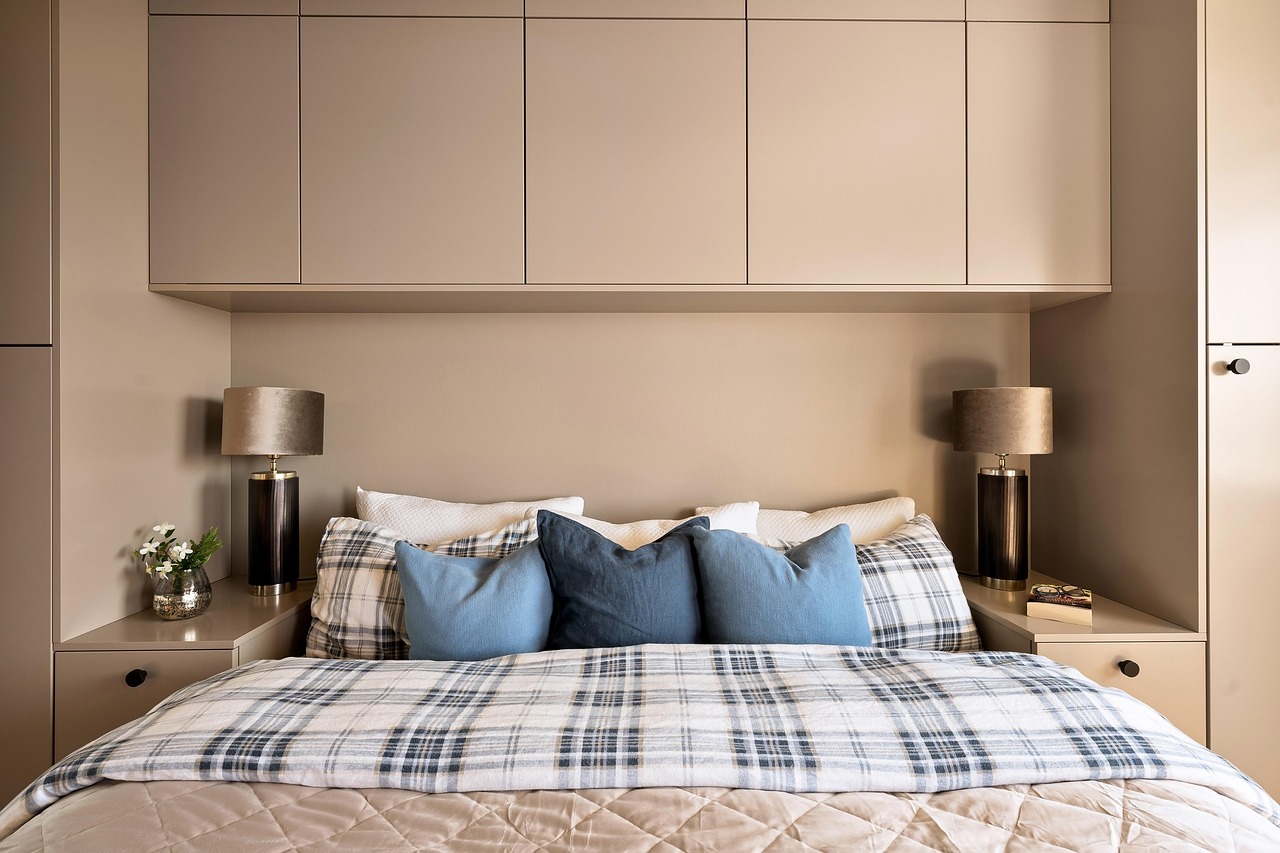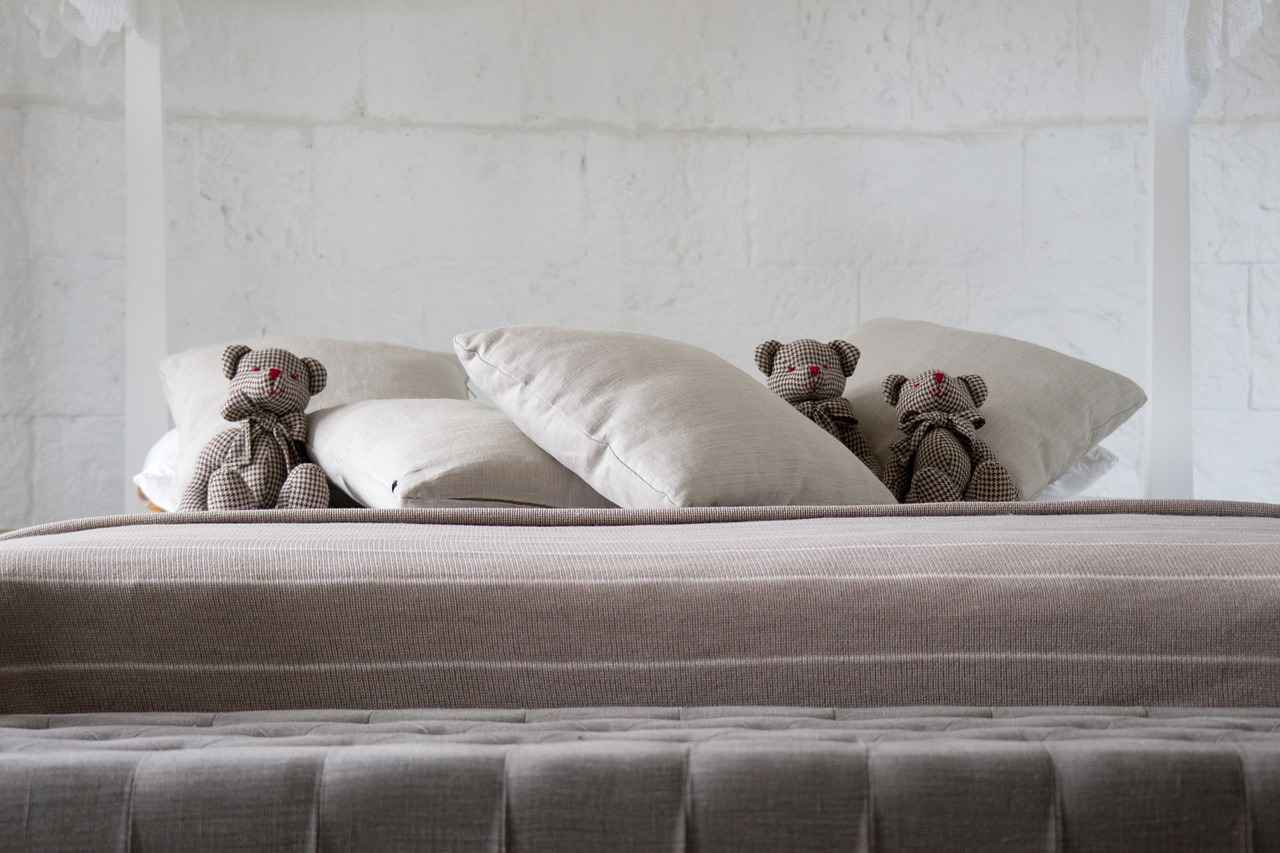When it comes to maximizing small living spaces, innovative space-saving bed designs that incorporate dressing tables offer stylish and functional solutions. These designs not only optimize space but also enhance the aesthetic appeal of your bedroom, creating a harmonious blend of comfort and utility.
Why Choose Space-Saving Furniture?
Space-saving furniture is essential for anyone looking to make the most of limited square footage. By integrating multiple functionalities into a single piece of furniture, you can achieve a more organized and efficient living environment. This approach not only saves space but also contributes to a cleaner and more visually appealing room.
Types of Space-Saving Beds
- Murphy Beds: These beds fold up against the wall, providing an excellent way to free up floor space when the bed is not in use.
- Loft Beds: Raising the sleeping area off the ground creates additional space underneath, ideal for desks or storage solutions.
- Platform Beds: With built-in storage options, platform beds maximize space while providing a modern aesthetic.
Murphy Beds: The Ultimate Space Saver
Murphy beds are particularly popular in small apartments and multifunctional spaces. They can be integrated with dressing tables to create a seamless look. Many designs offer custom cabinetry that can blend with your decor, ensuring that the bed is not only functional but also stylish.
Incorporating a Dressing Table
Integrating a dressing table into your space-saving design is a game-changer. It allows you to have a dedicated area for grooming without compromising on floor space. Wall-mounted dressing tables or foldable options can be perfect solutions for smaller rooms.
Space-Saving Dressing Table Ideas
- Wall-Mounted Tables: These can be easily folded down when not in use, allowing for a minimalist approach.
- Mirrored Cabinets: These serve a dual purpose, providing storage and a dressing area.
- Compact Designs: Look for tables that feature built-in mirrors and drawers to maximize functionality.
Choosing the Right Location for Your Dressing Table
Placement is key for a dressing table. Ideally, it should be near a window to take advantage of natural light, making your grooming routine more pleasant. Ensure that it is easily accessible yet does not obstruct movement within the room.
Combining Aesthetics with Functionality
A successful space-saving design balances aesthetics and practicality. Choose colors and materials that complement your existing decor, ensuring that the room feels cohesive and inviting. Stylish finishes can elevate the overall look while maintaining functionality.
DIY Space-Saving Bed and Dressing Table Solutions
If you’re feeling creative, consider taking on a DIY project. Customizing your own space-saving bed and dressing table can provide a unique touch tailored to your specific needs. Start by selecting durable materials that match your aesthetic preferences.
Materials and Tools for DIY Projects
When embarking on a DIY project, the right materials and tools are crucial. Look for high-quality wood, sturdy hinges, and reliable screws to ensure your creations are both durable and visually appealing.
Step-by-Step Guide to Building Your Own Space-Saving Bed
1. Measure your space to determine the dimensions of your bed.2. Choose a design that fits your style and needs.3. Gather materials: wood, screws, and tools.4. Follow a detailed plan to construct the bed.5. Ensure safety by checking all joints and fittings.
By embracing innovative space-saving designs that incorporate dressing tables, you can transform your small living space into a functional and aesthetically pleasing sanctuary.
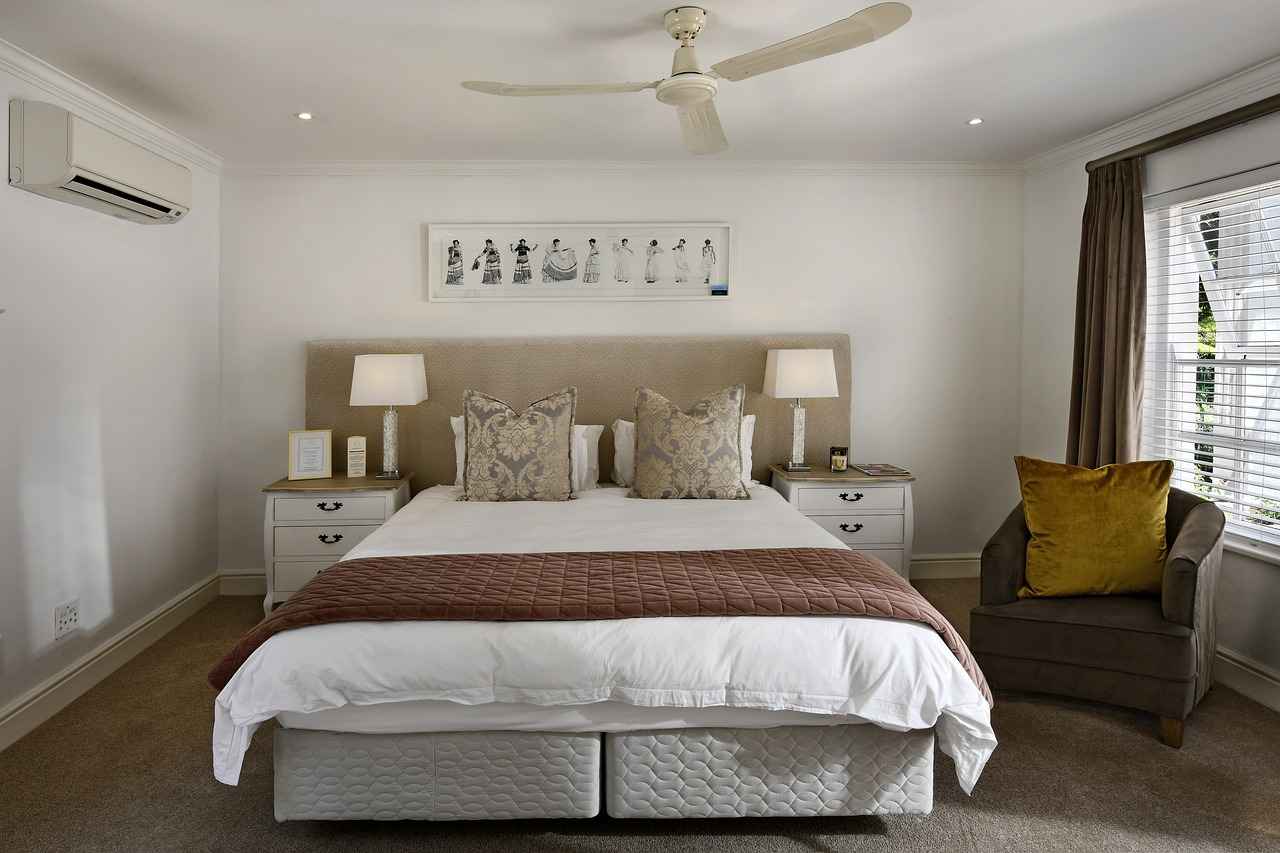
Why Choose Space-Saving Furniture?
In today’s world, where living spaces are becoming increasingly compact, understanding the benefits of space-saving furniture is crucial for anyone looking to optimize their home environment. This type of furniture not only combines functionality with style but also allows for a more efficient use of limited square footage, making it an ideal choice for small apartments, dorm rooms, or even cozy homes.
One of the primary advantages of space-saving furniture is its versatility. These pieces are designed to serve multiple purposes, which is particularly beneficial in smaller areas where every inch counts. For example, a bed that folds into the wall can transform a bedroom into a living room during the day, providing more space for activities or gatherings. Similarly, a coffee table that doubles as a storage unit can help keep clutter at bay while still serving its primary function.
Another significant benefit is the enhanced organization that comes with space-saving solutions. Many designs incorporate built-in storage options, allowing homeowners to neatly tuck away belongings. This not only helps maintain a tidy appearance but also contributes to a more peaceful and stress-free living environment. By reducing visual clutter, space-saving furniture can make a room feel larger and more inviting.
Moreover, opting for space-saving furniture can lead to cost savings. Investing in multifunctional pieces means fewer items need to be purchased, which can be a budget-friendly choice. Additionally, many space-saving options are designed with durability in mind, ensuring that they stand the test of time and provide long-term value.
When it comes to aesthetics, space-saving furniture doesn’t compromise on style. With a wide range of designs available, from modern to traditional, it’s easy to find pieces that complement any interior decor. This means that homeowners can achieve a cohesive look while still maximizing their space. The blend of practicality and visual appeal makes space-saving furniture a smart choice for those who want to create a stylish yet functional living area.
Furthermore, space-saving furniture is often designed with environmental sustainability in mind. Many manufacturers prioritize eco-friendly materials and production methods, allowing consumers to make responsible choices that benefit both their homes and the planet. By selecting sustainable options, homeowners can contribute to a greener future while enjoying the advantages of innovative design.
In conclusion, the choice to incorporate space-saving furniture into your home is not just about making the most of a small area; it’s about embracing a lifestyle that values efficiency, style, and sustainability. With numerous options available, anyone can find the perfect pieces to enhance their living space, making it more functional and aesthetically pleasing.

Types of Space-Saving Beds
When it comes to maximizing space in your bedroom, space-saving beds are a game changer. They not only provide a comfortable sleeping area but also help to create a more organized and functional living environment. In this section, we will explore the various types of space-saving beds available, including their unique features and advantages.
There are several types of space-saving beds that cater to different needs and preferences. Here, we delve into three popular options: Murphy beds, loft beds, and platform beds.
- Murphy Beds: Also known as wall beds, Murphy beds are designed to fold up against the wall when not in use. This innovative design allows you to reclaim valuable floor space, making them ideal for small bedrooms or studio apartments. With various styles available, from sleek and modern to more traditional designs, Murphy beds can seamlessly integrate into your home decor.
- Loft Beds: Loft beds raise the sleeping area high off the ground, creating a functional space underneath. This area can be utilized for a desk, seating, or additional storage, making loft beds particularly suitable for children’s rooms, guest rooms, or compact apartments. The elevated sleeping area not only saves space but also adds a playful element to the room.
- Platform Beds: Platform beds are low-profile beds that often come with built-in storage options. They eliminate the need for a box spring, providing a sleek and modern look. Many platform beds feature drawers or compartments under the mattress, allowing you to store linens, clothes, or other items, maximizing your bedroom’s storage potential.
Each of these bed types offers its own unique advantages:
| Bed Type | Advantages |
|---|---|
| Murphy Bed | Space-saving, versatile, available in various designs |
| Loft Bed | Creates additional usable space underneath, ideal for small rooms |
| Platform Bed | Stylish design, built-in storage options, no box spring needed |
When choosing the right space-saving bed for your needs, consider factors such as the size of your room, your personal style, and how you plan to use the additional space created. Each of these beds can significantly enhance your living area, providing both comfort and functionality.
In conclusion, understanding the various types of space-saving beds is essential for anyone looking to optimize their bedroom space. By selecting the right option, you can create a more organized, stylish, and functional environment that meets your lifestyle needs.
Murphy Beds: The Ultimate Space Saver
Murphy beds, also known as wall beds, are innovative furniture solutions that have gained popularity in recent years, particularly for those living in small apartments or studio spaces. These beds are ingeniously designed to fold up against the wall when not in use, freeing up valuable floor space. This versatility makes them an ideal choice for multifunctional areas, allowing homeowners to maximize their living space without sacrificing comfort or style.
One of the primary advantages of Murphy beds is their ability to transform a room’s functionality. When the bed is folded away, the space can be utilized for various activities, such as working, entertaining, or exercising. This flexibility is especially beneficial in urban environments where living spaces are often limited. Moreover, many modern Murphy beds come equipped with additional features, such as built-in shelving or integrated lighting, further enhancing their practicality.
In terms of design, Murphy beds offer a plethora of options that cater to diverse aesthetic preferences. From minimalist styles that blend seamlessly with modern decor to more elaborate cabinetry that can serve as a statement piece, there is a Murphy bed design to suit every taste. Homeowners can choose finishes that match their existing furniture, ensuring a cohesive look throughout the room.
When considering the installation of a Murphy bed, it is crucial to prioritize safety and functionality. While some may opt for professional installation, others may feel confident in tackling the project themselves. Detailed instructional guides are available to assist with the setup process, ensuring that the bed operates smoothly and securely. Proper installation not only enhances the bed’s usability but also ensures the safety of those using it.
Another significant aspect of Murphy beds is their space-saving capabilities. In addition to providing a sleeping area, they can be paired with other space-efficient furniture, such as folding desks or compact dressing tables, creating a harmonious and functional environment. This combination allows for a well-organized living space where every piece of furniture serves multiple purposes.
Furthermore, Murphy beds are not just limited to residential use; they are increasingly being incorporated into guest rooms, home offices, and even rental properties. Their ability to provide a comfortable sleeping arrangement without permanently occupying space makes them a popular choice for those looking to optimize their home layout.
In conclusion, Murphy beds represent the ultimate solution for anyone seeking to maximize their living space without compromising on style or comfort. Their innovative design, coupled with a wide range of aesthetic options, makes them a smart investment for small living areas. As urban living continues to trend towards smaller, multifunctional spaces, the popularity of Murphy beds is likely to grow, offering practical and stylish solutions for modern homeowners.
Design Options for Murphy Beds
When it comes to maximizing space in your home, Murphy beds stand out for their innovative design and versatility. These beds are not just functional; they can also be a stylish addition to any room. The design options available for Murphy beds are vast, catering to a range of aesthetic preferences and practical needs.
Murphy beds can be found in a variety of styles, from minimalist designs that prioritize simplicity and functionality to elaborate cabinetry that adds a touch of elegance and sophistication to your space. This variety allows homeowners to select a bed that not only serves a purpose but also complements their overall interior decor.
- Minimalist Designs: These beds often feature clean lines and a sleek profile, making them perfect for modern or contemporary spaces. They are typically made from materials like plywood or metal, providing a lightweight yet durable option.
- Cabinet-Style Murphy Beds: For those seeking a more integrated look, cabinet-style Murphy beds blend seamlessly into the room. They often come with additional storage solutions, such as shelves or drawers, making them ideal for small apartments where every inch counts.
- Custom Designs: Many manufacturers offer customizable options, allowing homeowners to choose the finish, size, and additional features of their Murphy bed. This flexibility ensures that the bed fits perfectly within the existing decor and meets specific functional requirements.
- Multi-Functional Murphy Beds: Some designs incorporate additional features such as fold-out desks or built-in lighting, enhancing the functionality of the bed. This makes them particularly useful for home offices or guest rooms.
When selecting a Murphy bed, it’s essential to consider the overall layout of the room. The bed should not only fit comfortably within the space but also allow for easy access and functionality. For example, if the bed is placed in a small guest room, ensure there is enough clearance when it is folded down.
Another important aspect is the material used in the bed’s construction. High-quality materials will not only enhance the bed’s durability but also contribute to the overall aesthetic. Options range from solid wood, which offers a classic look, to modern laminates that can be customized with various finishes.
Additionally, consider the mechanism of the Murphy bed. A good mechanism will allow for smooth operation, ensuring that the bed can be easily folded up and down without hassle. Look for options with built-in safety features, such as locking mechanisms, to prevent accidental openings or closures.
Ultimately, the design options for Murphy beds are as diverse as the needs of homeowners. Whether you prefer a simple, understated look or an intricate design that serves multiple purposes, there is a Murphy bed that can enhance your living space. By carefully considering your aesthetic preferences and functional needs, you can find the perfect solution that marries style with practicality.
Installation Tips for Murphy Beds
When it comes to optimizing your living space, Murphy beds stand out as one of the most effective solutions. However, the installation process is critical to ensure both safety and functionality. Proper installation can significantly impact how smoothly your Murphy bed operates and its longevity. Here are some essential tips to guide you through the installation process.
- Consider Professional Help: If you are not confident in your DIY skills, hiring a professional can save you time and potential headaches. Professionals have the experience and tools necessary to ensure a secure and accurate installation.
- Follow Detailed Guides: If you choose to install the Murphy bed yourself, make sure to follow the manufacturer’s instructions closely. Detailed guides often contain specific steps tailored to the bed’s design, ensuring you don’t miss any crucial details.
- Gather the Right Tools: Before starting, gather all necessary tools, including a drill, level, screwdriver, and measuring tape. Having everything ready will streamline the process and prevent delays.
- Choose the Right Location: Select a wall that can support the weight of the bed and offers enough space for it to fold down comfortably. Ensure that the area is free from obstructions, such as light switches or furniture.
- Check Wall Studs: It’s vital to mount the bed into wall studs rather than just drywall. Use a stud finder to locate the studs and mark their positions. This will provide the necessary support for the bed when it is in use.
- Leveling is Key: When mounting the bed, make sure it is perfectly level. An unlevel bed can lead to operational issues and may cause the bed to not fold up or down properly.
- Test Before Finalizing: After installation, test the bed by folding it up and down several times. This will help you identify any potential issues before you fully secure it in place.
- Safety First: Ensure that all components are tightly secured and that there are no loose screws or parts. A well-installed Murphy bed should operate smoothly and safely, providing peace of mind.
Incorporating these tips into your installation process can make a significant difference in the functionality and safety of your Murphy bed. Whether you decide to take on the project yourself or enlist the help of a professional, ensuring a proper installation is vital for enjoying the benefits of this innovative space-saving solution.
Remember, the goal is not only to create more space but also to ensure that your Murphy bed is a reliable addition to your home. By investing time and effort into the installation process, you can enjoy a stylish and functional bed that meets your needs for years to come.
Loft Beds: Elevate Your Space
Loft beds are a fantastic solution for maximizing space in both children’s rooms and small apartments. By elevating the sleeping area off the ground, they create a unique opportunity to utilize the space beneath for various purposes, such as desks, seating, or storage. This ingenious design not only enhances the functionality of a room but also adds a modern aesthetic that appeals to both kids and adults alike.
One of the most significant advantages of loft beds is their space-saving capabilities. In a world where living spaces are becoming increasingly compact, loft beds allow you to make the most of every square inch. For instance, the area underneath a loft bed can be transformed into a cozy study nook, complete with a desk and chair, providing a dedicated space for homework or creative projects. Alternatively, it can serve as a stylish lounge area with bean bags or a small sofa, creating a perfect hangout spot for friends.
Moreover, loft beds are particularly beneficial for small apartments where every bit of space counts. They can help declutter the room by providing storage solutions. Utilizing under-bed storage boxes or shelves can keep your belongings organized and out of sight, contributing to a more streamlined and tidy living environment.
When selecting a loft bed, consider the height and design. Some models are adjustable, allowing you to customize the height according to your needs. Additionally, many loft beds come in various styles, from sleek and modern to more traditional designs, ensuring that you can find one that fits your room’s decor seamlessly.
Safety is another crucial factor when it comes to loft beds, especially for children. Ensure that the bed comes with sturdy guardrails and a secure ladder for easy access. It’s essential to choose a bed that meets safety standards to provide peace of mind while your child sleeps or plays in their elevated space.
Incorporating a loft bed into your home can also foster creativity. Children often enjoy having a unique sleeping space that feels like a personal retreat. By personalizing the area underneath the loft bed with fun decor, colorful cushions, or fairy lights, you can create an inviting atmosphere that inspires imagination and play.
Additionally, loft beds can be used in various settings beyond just children’s rooms. In adult spaces, they can create a stylish bedroom while allowing for a home office or reading nook below. This versatility makes them a popular choice for college students living in dorms or shared apartments, where maximizing space is essential.
Ultimately, loft beds are more than just a practical solution; they are a way to elevate your living space both literally and figuratively. By raising the sleeping area, you open up a world of possibilities for how to use the room below. Whether you need a study space, storage area, or a cozy retreat, loft beds can help you achieve a functional and stylish environment.
In conclusion, loft beds are an excellent investment for anyone looking to optimize their living space. With the right design and safety features, they can provide a unique sleeping arrangement that enhances both the functionality and aesthetics of your home. Explore the various options available and discover how a loft bed can transform your space into a multi-functional haven.

Incorporating a Dressing Table
In modern interior design, the importance of maximizing space cannot be overstated, especially in smaller homes or apartments. One innovative solution that has gained popularity is the integration of a dressing table into space-saving bed designs. This combination not only enhances functionality but also elevates the overall aesthetic of your bedroom.
By incorporating a dressing table into your space-saving bed design, you create a dedicated area for grooming and dressing that doesn’t encroach on your floor space. This is particularly beneficial in compact living situations where every square foot counts. With a well-placed dressing table, you can maintain a clutter-free environment while ensuring you have a stylish spot to prepare for the day.
- Maximized Functionality: A dressing table integrated into your bed design allows you to utilize vertical space effectively, making your room feel larger and more organized.
- Stylish Design: Many modern designs offer sleek and sophisticated options that enhance the aesthetic appeal of your bedroom.
- Convenience: Having a designated area for grooming near your bed simplifies your morning routine, making it easier to get ready for the day.
When selecting a dressing table for your space-saving bed design, consider the following options:
- Wall-Mounted Dressing Tables: These tables can be affixed to the wall, providing a stylish and functional area without taking up floor space. They can be folded down when needed and tucked away when not in use.
- Foldable Dressing Tables: These versatile tables can be collapsed and stored away, making them perfect for small spaces. They often come with mirrors and storage options to keep your grooming essentials organized.
- Multi-Functional Furniture: Some designs combine a dressing table with other furniture pieces, such as a desk or nightstand, offering even greater functionality.
The placement of your dressing table is crucial for both functionality and aesthetics. Here are some tips for selecting the ideal location:
- Natural Light: Position your dressing table near a window to take advantage of natural light, which is essential for applying makeup and grooming.
- Accessibility: Ensure that your dressing table is easily accessible from your bed and other areas of the room to streamline your morning routine.
- Complementary Decor: Choose a location that complements your overall bedroom decor, ensuring the dressing table enhances the room’s style.
Integrating a dressing table into your space-saving bed design not only serves a practical purpose but also contributes to your bedroom’s aesthetic appeal. Opt for designs that reflect your personal style, whether it be modern, vintage, or minimalist. Consider adding decorative elements such as framed mirrors, stylish lighting, and organized storage solutions to create a cohesive look.
In conclusion, incorporating a dressing table into your space-saving bed design is a smart choice for maximizing functionality and enhancing your bedroom’s aesthetic. By carefully selecting the right type of dressing table and its placement, you can create a beautiful and efficient space that meets your grooming needs while maintaining a stylish atmosphere.
Space-Saving Dressing Table Ideas
When it comes to maximizing space in small bedrooms, space-saving dressing tables are a game changer. These innovative designs not only provide a functional area for grooming but also enhance the overall aesthetic of your room. Here are some creative ideas to consider:
- Wall-Mounted Dressing Tables: These tables are attached directly to the wall, allowing you to free up valuable floor space. They come in various styles, from sleek modern designs to more traditional looks, and can be equipped with shelves for additional storage.
- Foldable Dressing Tables: Perfect for those who need versatility, foldable tables can be easily tucked away when not in use. Many models feature a fold-down design that transforms a compact unit into a full-sized dressing table, making them ideal for small apartments.
- Corner Dressing Tables: Utilizing corners effectively can maximize your space. Corner dressing tables fit snugly into the corner of a room, providing a dedicated area without intruding on the rest of the space. Choose designs with built-in mirrors to enhance functionality.
- Multi-Functional Units: Consider dressing tables that double as desks or nightstands. These versatile pieces can serve multiple purposes, saving you the hassle of needing separate furniture. Look for options with drawers or compartments for organized storage.
- Mirrored Dressing Tables: Not only do they serve the practical purpose of providing a mirror, but mirrored surfaces also create an illusion of depth, making your room feel larger. These tables can be both stylish and space-efficient.
- Floating Shelves with a Stool: If you’re short on space, consider installing floating shelves with a small stool. This minimalist approach allows you to have a dressing area without the bulk of a traditional table.
When selecting a space-saving dressing table, it’s essential to consider the location within your room. Positioning your dressing table near a window can take advantage of natural light, creating a brighter and more inviting space for your morning routine. Also, think about accessibility; ensure that your dressing area is easily reachable and does not obstruct other furniture.
Incorporating a dressing table into your bedroom design is not just about functionality; it also adds a touch of elegance. By choosing designs that complement your existing decor, you can create a cohesive look that enhances your room’s overall appeal. For instance, if your bedroom features a modern aesthetic, opt for a sleek, minimalist dressing table with clean lines. Alternatively, if your style leans more towards traditional, a vintage-inspired table with intricate details may be more suitable.
Ultimately, the key to selecting the perfect space-saving dressing table lies in balancing style and functionality. With the right design, you can enjoy a dedicated grooming space that enhances your bedroom while keeping it organized and stylish.
Choosing the Right Location for Your Dressing Table
Choosing the right location for your dressing table is essential for creating a comfortable and functional grooming area. The ideal placement can significantly enhance your daily routine, making it more enjoyable and efficient. Here are some key considerations to keep in mind when deciding where to position your dressing table.
- Natural Light: One of the most important factors to consider is the availability of natural light. Positioning your dressing table near a window allows for ample daylight, which is crucial for tasks such as applying makeup or styling hair. Natural light not only helps you see colors accurately but also creates a warm and inviting atmosphere.
- Accessibility: Ensure that your dressing table is easily accessible. It should be located in a space that allows for unobstructed movement. Consider the flow of the room and how you will navigate around the furniture. A cluttered or cramped area can lead to frustration during your grooming routine.
- Proximity to Power Outlets: If you use electrical appliances like hair dryers or straighteners, placing your dressing table near power outlets is crucial. This prevents the hassle of using extension cords and keeps your space organized.
- Mirrors and Reflection: The positioning of mirrors is another important aspect. Ensure that your dressing table is placed in a way that allows you to see your reflection clearly. If possible, position it to reflect natural light, which can enhance the overall ambiance of your grooming area.
- Privacy: Consider your need for privacy when choosing a location. If you share your living space with others, you might want to position your dressing table in a more secluded area. This allows you to feel comfortable and at ease while getting ready.
In addition to these factors, think about the overall design and style of your bedroom. Your dressing table should complement your existing decor and contribute to the overall aesthetic. Whether you prefer a modern look or something more traditional, the right placement can enhance the beauty of your space.
Lastly, take the time to experiment with different locations. Sometimes, moving your dressing table just a few inches can make a significant difference in functionality and comfort. Don’t hesitate to rearrange your furniture until you find the perfect spot that meets all your needs.
By carefully considering these aspects, you can create a dressing area that is not only functional but also a delightful part of your daily routine. The right location will help you start your day feeling refreshed and organized, making your grooming experience a pleasure rather than a chore.
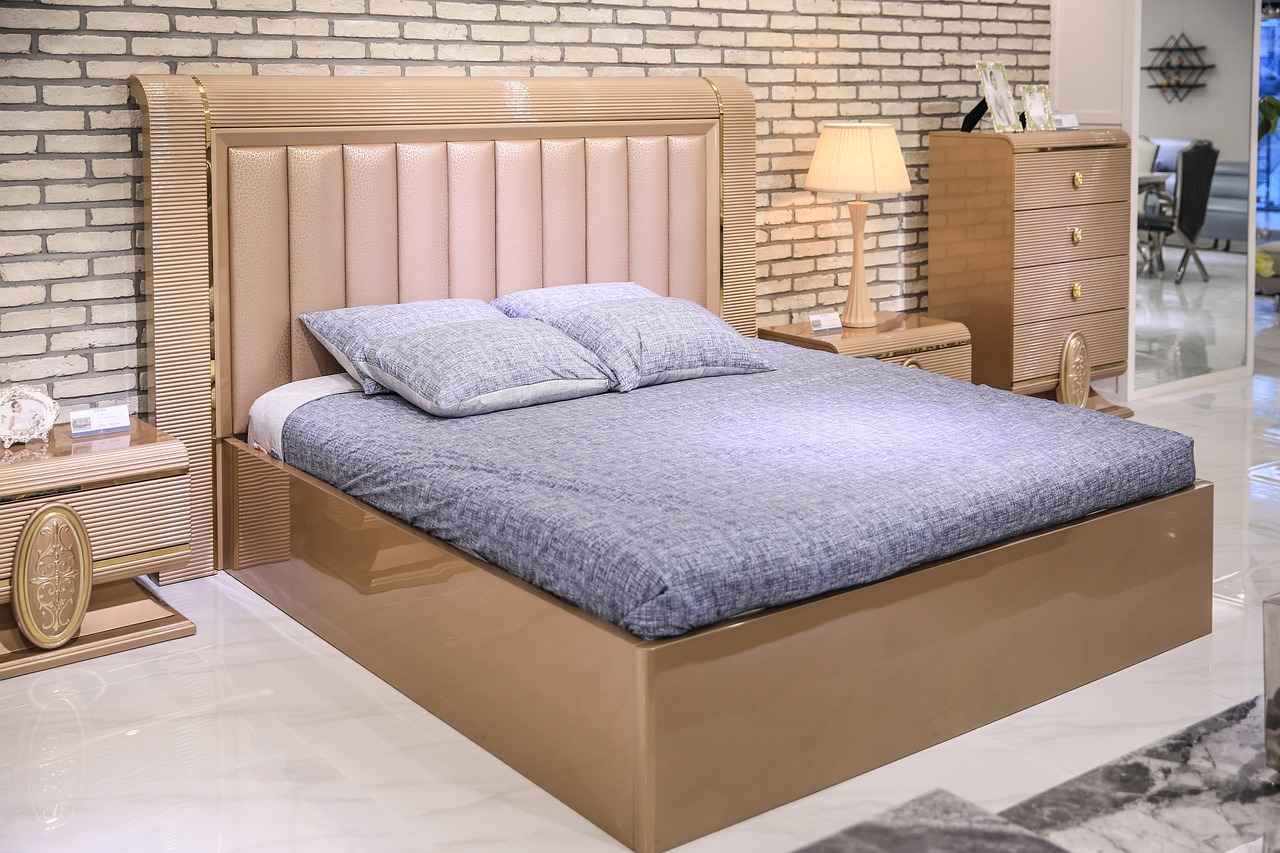
Combining Aesthetics with Functionality
In today’s world, where living spaces are becoming increasingly compact, the importance of a successful space-saving design cannot be overstated. It is essential to create an environment that not only looks good but also serves practical purposes. A well-thought-out design harmonizes both aesthetics and functionality, ensuring that your bedroom remains a stylish haven while effectively catering to your everyday needs.
- Maximizing Space: Space-saving designs allow you to utilize every inch of your bedroom efficiently. By incorporating multifunctional furniture, such as beds with built-in storage or dressing tables that can be folded away, you can create a clutter-free environment that feels more spacious.
- Enhancing Style: Aesthetic appeal is crucial for creating a comfortable atmosphere. Select furniture pieces that reflect your personal style, whether it’s modern, rustic, or minimalist. The right color palette and materials can enhance the visual appeal of your space.
- Creating Flow: An effective layout promotes easy movement within the room. Arrange furniture to facilitate a natural flow, allowing for easy access to both sleeping and dressing areas. This not only enhances functionality but also contributes to a more inviting atmosphere.
When considering your bedroom design, think about how to integrate a dressing table with your bed. This combination can serve dual purposes without overwhelming the space. For instance, a wall-mounted dressing table can be an elegant addition that occupies minimal floor space.
Here are some practical tips for achieving a balance between aesthetics and functionality:1. **Choose Multi-Functional Furniture**: Look for beds with built-in drawers or a dressing table that doubles as a desk.2. **Incorporate Vertical Space**: Use wall shelves or tall storage units to keep the floor clear while displaying decorative items.3. **Prioritize Natural Light**: Position your dressing table near windows to utilize natural light, enhancing both functionality and ambiance.4. **Select Color Wisely**: Light colors can make a small room feel larger, while darker hues can add warmth and coziness.
Moreover, consider the importance of lighting in your design. Proper lighting not only enhances the aesthetic quality of your bedroom but also plays a vital role in its functionality. Utilize a combination of ambient, task, and accent lighting to create a well-lit space that meets your needs at any time of day.
Incorporating personal touches into your design can elevate the overall feel of the room. Displaying artwork, photographs, or decorative items that resonate with you can create a sense of belonging and comfort. However, be mindful of not overcrowding the space; choose a few key pieces that enhance the room’s aesthetic without overwhelming it.
Ultimately, a successful space-saving design is about striking the right balance. By carefully selecting furniture that complements your style while serving essential functions, you can create a bedroom that is both beautiful and practical. This approach not only maximizes your space but also enhances your overall living experience, making your bedroom a true sanctuary.
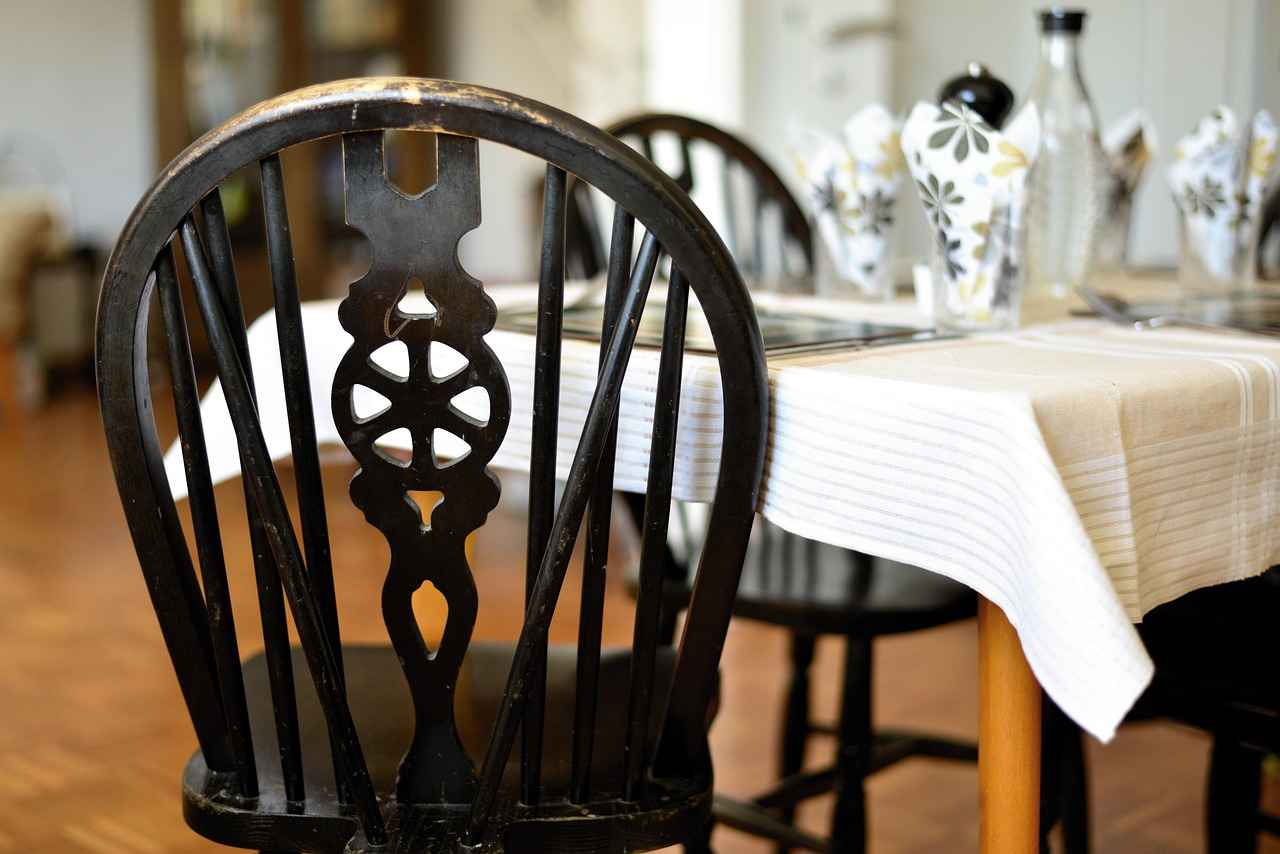
DIY Space-Saving Bed and Dressing Table Solutions
Creating a personalized living space can be a rewarding experience, especially when it comes to maximizing functionality in smaller areas. offer a unique opportunity for individuals to tailor their furniture to meet specific needs and preferences. This article delves into various aspects of DIY projects that can transform your bedroom into a stylish and efficient haven.
Engaging in DIY projects not only allows for creativity but also enables homeowners to save money while achieving a customized look. By designing your own furniture, you can:
- Maximize Functionality: Create pieces that serve multiple purposes, such as a bed with integrated storage or a dressing table that doubles as a workspace.
- Personalize Aesthetics: Choose colors, materials, and styles that reflect your unique taste, ensuring that your furniture harmonizes with your overall decor.
- Enhance Space Efficiency: Tailor dimensions to fit your specific space constraints, making the most of every square foot.
Before embarking on your DIY journey, gather the necessary materials and tools. Some recommended items include:
- Wood: Plywood or solid wood for durability and aesthetic appeal.
- Hardware: Hinges, screws, and drawer slides for functionality.
- Tools: A saw, drill, and measuring tape are essential for accurate construction.
Follow these steps to construct a basic space-saving bed:
1. Measure your available space to determine the bed's dimensions.2. Cut the wood according to your measurements.3. Assemble the frame, ensuring it is sturdy and level.4. Attach a mattress platform, considering ventilation and support.5. Finish with paint or stain to match your decor.
A dressing table can be both functional and stylish. Here are some design ideas:
- Wall-Mounted Tables: These save floor space and can be folded down when not in use.
- Storage Solutions: Incorporate drawers or shelves for makeup and accessories to keep your area organized.
- Mirror Integration: Use a mirror that doubles as a decorative element, enhancing the room’s aesthetics.
Placement is crucial for both your bed and dressing table. Consider the following:
- Natural Light: Position your dressing table near a window for optimal lighting when grooming.
- Accessibility: Ensure that both pieces are easily reachable without obstructing movement within the room.
- Visual Balance: Maintain a cohesive look by aligning your furniture with other elements in the room.
After constructing your space-saving bed and dressing table, consider adding personal touches:
- Decorative Accents: Use artwork or plants to enhance the visual appeal of your space.
- Lighting: Incorporate stylish lamps or LED strips to create a warm atmosphere.
- Textiles: Add cushions or throws to your bed for comfort and style.
By leveraging your creativity and following this comprehensive guide, you can create functional and aesthetically pleasing space-saving solutions that reflect your personal style while maximizing the utility of your living space.
Materials and Tools for DIY Projects
When embarking on any DIY project, the selection of appropriate materials and tools is crucial for achieving a successful outcome. Whether you are constructing a space-saving bed or a dressing table, the right choices can significantly impact the durability and style of your creations. This section delves into the essential aspects of choosing materials and tools that will not only ensure longevity but also enhance the aesthetic appeal of your space.
Choosing the right materials is a fundamental step in any DIY project. Consider the following factors:
- Durability: Opt for materials that can withstand wear and tear. Hardwoods like oak or maple are excellent for furniture due to their strength and longevity.
- Style: The materials you select should complement your existing decor. For a modern look, consider metal or glass, while wood can provide a more traditional feel.
- Cost: Balance quality with your budget. Sometimes, investing a little more in high-quality materials can save money in the long run by reducing the need for repairs or replacements.
Equipping yourself with the right tools is just as important as choosing materials. Here are some essential tools every DIY enthusiast should have:
- Power Drill: A versatile tool for drilling holes and driving screws, essential for assembling furniture.
- Measuring Tape: Accurate measurements are key to any project. A good measuring tape ensures that your pieces fit together perfectly.
- Level: To ensure that your furniture is even and balanced, a level is indispensable.
- Saw: Depending on your project, a circular saw or a jigsaw may be necessary for cutting materials to size.
- Screwdriver Set: A variety of screwdrivers will help you tackle different fasteners.
When selecting materials and tools, aim for a balance between style and functionality. Here are some tips:
- Mix Materials: Combining different materials can create visual interest. For example, a wooden bed frame with metal accents can offer a modern twist.
- Consider Finishes: The finish on your materials can drastically change their appearance. A matte finish may lend a contemporary feel, while a glossy finish can add elegance.
- Ergonomics: Ensure that your tools are comfortable to use. Ergonomically designed tools can reduce fatigue and improve efficiency during your projects.
Finding the right materials and tools can be a daunting task. Here are some sources to consider:
- Local Hardware Stores: A great place to find quality tools and materials, often with knowledgeable staff to guide you.
- Online Retailers: Websites like Amazon or specialized DIY stores can offer a wide range of options, often at competitive prices.
- Salvage Yards: For unique materials, consider visiting salvage yards or thrift stores. You might find one-of-a-kind pieces that add character to your project.
In conclusion, selecting the right materials and tools is essential for the success of any DIY project. By considering durability, style, and functionality, you can create beautiful, lasting pieces that enhance your living space. Remember to equip yourself with the right tools and sources to make your DIY journey enjoyable and rewarding.
Step-by-Step Guide to Building Your Own Space-Saving Bed
Constructing your own space-saving bed can be a rewarding project that not only maximizes your living area but also showcases your DIY skills. This step-by-step guide will provide you with all the necessary details, including measurements, design considerations, and essential safety tips to ensure a successful build.
- Planning Your Design: Start by determining the dimensions of your space. Measure the area where you intend to place your bed, considering ceiling height and available floor space. Sketch a design that incorporates your desired features, such as built-in storage or a foldable mechanism.
- Choosing the Right Materials: Select materials that are both durable and visually appealing. Common choices include plywood for the frame, solid wood for support, and high-quality hardware for hinges and brackets. Ensure that the materials can withstand daily use.
- Gathering Tools: Equip yourself with essential tools, such as a saw, drill, screwdriver, measuring tape, and level. Having the right tools will make the construction process smoother and more efficient.
Measurements are crucial for a successful build. Here’s a basic outline:
| Component | Recommended Size |
|---|---|
| Bed Frame | Full: 54″x75″, Queen: 60″x80″ |
| Height from Floor | 12″-18″ (for easier access) |
| Storage Space | At least 8″ deep underneath |
Once you have your design and materials ready, follow these steps:
- Cutting the Wood: Using your measurements, cut the wood pieces for the frame, headboard, and any additional features. Ensure all cuts are straight and accurate.
- Assembling the Frame: Start by constructing the bed frame. Use screws and brackets to secure the corners. Ensure the frame is level and sturdy.
- Adding the Support Slats: Install slats across the frame to support the mattress. Space them evenly, typically 3-4 inches apart, to provide adequate support.
- Finishing Touches: Sand down any rough edges and apply a finish or paint to enhance the look of your bed. Allow adequate drying time before proceeding.
- Installing Safety Features: If your design includes a loft or elevated aspect, consider adding guardrails to prevent falls. Ensure all components are securely fastened.
Finally, test the bed to ensure stability and comfort. Make adjustments as necessary, and enjoy your new space-saving bed!
By following this comprehensive guide, you can create a functional and stylish space-saving bed that meets your needs while enhancing your living space. Remember to prioritize safety throughout the building process, and don’t hesitate to seek help if needed.
Frequently Asked Questions
- What are the benefits of space-saving beds?
Space-saving beds maximize your bedroom’s functionality by freeing up floor space, allowing you to create a more open and inviting environment. They are perfect for small living areas, providing versatility without compromising on style.
- How do Murphy beds work?
Murphy beds are designed to fold up against the wall when not in use, transforming your space from a bedroom to a living area in seconds. They are easy to operate and can be a stylish addition to any room!
- Can I install a loft bed myself?
Yes, you can install a loft bed yourself, but it’s essential to follow detailed instructions for safety and stability. If you’re unsure, consider hiring a professional to ensure everything is secure and safe.
- What should I look for in a dressing table?
When choosing a dressing table, consider size, style, and functionality. Look for designs that fit your space, provide adequate storage, and complement your bedroom decor.
- Are DIY space-saving solutions difficult to create?
Not at all! With the right materials and a step-by-step guide, DIY space-saving solutions can be fun and rewarding. Plus, you get to customize them to fit your unique style and needs!


